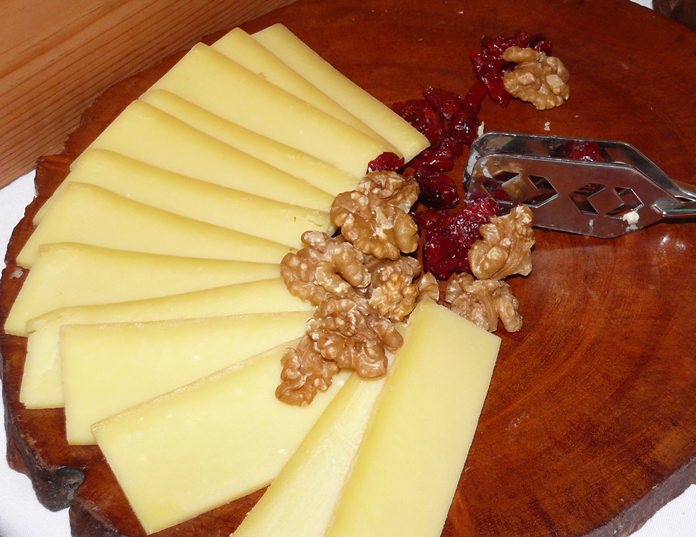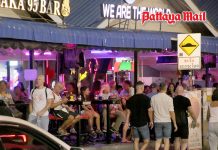
With the advent of the ‘anti-social media’ – just look at the way nobody speaks to each other anymore as they two-thumb messages to people they barely know, and then send pictures of the food they ate to everyone they’ve never met. Suddenly, everyone is a food photographer.
Unfortunately, while restaurateurs may be great cooks, many are not great photographers. And if your photo of pies looks unappetizing and in a strange shade of green, then you will not have people knocking the doors down to try them.
Food photographers are some of the highest paid pro shooters, because it is one of the more difficult areas of photography. 20 years ago I could command $10,000 a day photographing food. There are even people called ‘food stylists’ who prepare the food to make it ‘look’ appetizing, as the taste does not matter in a photograph.
I was given the job to photograph 10 ice cream cones for a restaurant chain. They wanted all 10 of them standing up, all different flavors and looking attractive. This was not a simple assignment.
First off, how do you get 10 ice cream cones to stand upright with no obvious support? The answer was wooden skewers through the back of the cone going into a block of polystyrene covered with black velvet material.
Next you have to check the lighting flash heads and focus, using polystyrene balls on top of the cones, as ice cream melts too quickly. After you get all that set up properly you have to be ready to scoop up the ice creams and place them on the cones without any drips. You need three people to do this as ice cream under studio lighting melts in under 30 seconds.
Having taken one shot, if you are lucky everything will be fine. The reality is that you will need to take the shot several times to get everything correct, all the cones exactly parallel to each other, and no drips on the black velvet. That one shot will take you one day, so you can see why food photography is so expensive.
Have you ever tried photographing champagne in your restaurant? There’s never enough bubbles to make it look sparkling. To get over this, drop some sugar into the glass. Only a few grains are enough to give the almost still glass of champers that “just opened” fizz look to it. For a catalogue shot you also have to bring the light in from the back of the glass, as well as from the front. This takes two flash heads, or at least one head and a reflector.
While still on wines, if you try and shoot a bottle of red wine, it comes out thick dark maroon or even black. Restaurateurs who have tried photographing their wines will agree. So what does the pro shooter do? Well he has a couple of courses of action. First is to dilute the red wine by about 50 percent and secondly place a silver foil reflector on the back of the bottle. So what happens to the half bottle of red that was removed to dilute the wine? The photographer has it with lunch.
This is one area where there are more fraudulent practices than any other. Cold food can be made to look hot by sprinkling chips of dry ice to give “steam” coming off the dish. Not palatable, but it looks OK. Cooking oil gets brushed on slices of the cold meat so that they look moist and succulent.
That is just for starters. In the commercial photography studio, the dedicated food photographer would erect a “light tent” of white polystyrene and bounce electronic flash inside. Brightness is necessary to stop the food looking grey and dull. Lighting is just so important. If you do not have bright sparkly light then potatoes will look grey, and even the china plates look drab and dirty.
And for the chap with the green pies, stop taking the photos under fluorescent light. Take your pies outside and shoot them under sunlight. They will then look as good as they should taste!
I know it is illegal to adulterate food for photographs – but I’m not going to tell.
 |
 |
 |





